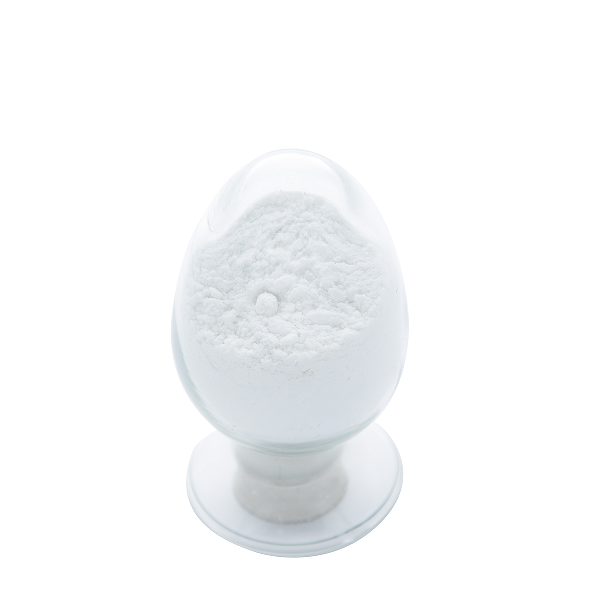Common Name | Glyphosate | CAS NO. | 1071-83-6 |
Chemical Formula | C3H8NO5P | Molecular Mass | 169.1 |
Structural Formula |  | ||
Uses | Control of annual and perennial grasses and broad-leaved weeds, pre-harvest, in cereals, peas, beans, oilseed rape, flax and mustard, at c. 1.5–2 kg/ha; control of annual and perennial grasses and broad-leaved weeds in stubble and post-planting/pre-emergence of many crops; as a directed spray in vines and olives, at up to 4.3 kg/ha; in orchards, pasture, forestry and industrial weed control, at up to 4.3 kg/ha. As an aquatic herbicide, at c. 2 kg/hastrawberries (also control of runners), citrus fruit, olives, hops, vegetables, ornamental plants and shrubs, and other crops. Control of emergent and submerged aquatic weeds. Weed control on non-crop land. Weed control and tassel inhibition in sugar cane. Application rates 400–1000 g/ha. | ||

Appearance | White powder |
Content | ≥96% |
Formaldehyde | ≤0.8 g/kg |
Sodium hydroxide insolubles | ≤0.2 g/kg |
Storage stability | Eligible |

Appearance | Gold homogeneous liquid |
Content | ≥ 480 g/L |
pH | 4.0-7.0 |
Formaldehyde | ≤10 g/kg |
Storage stability | Qualified |


